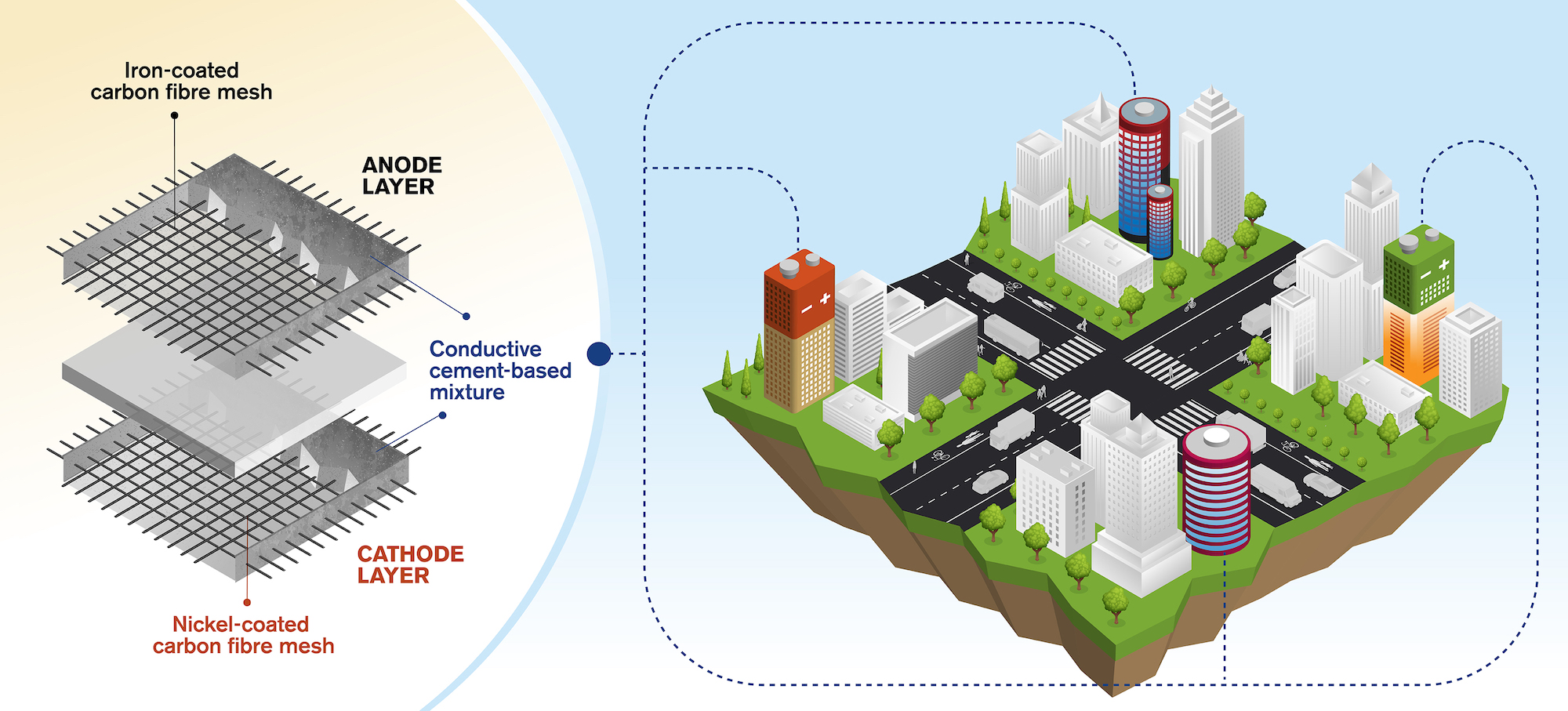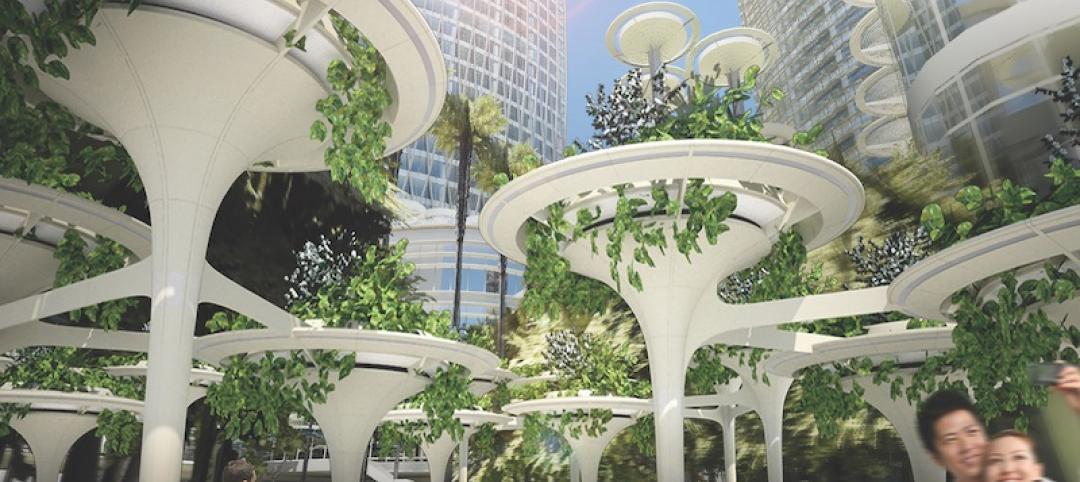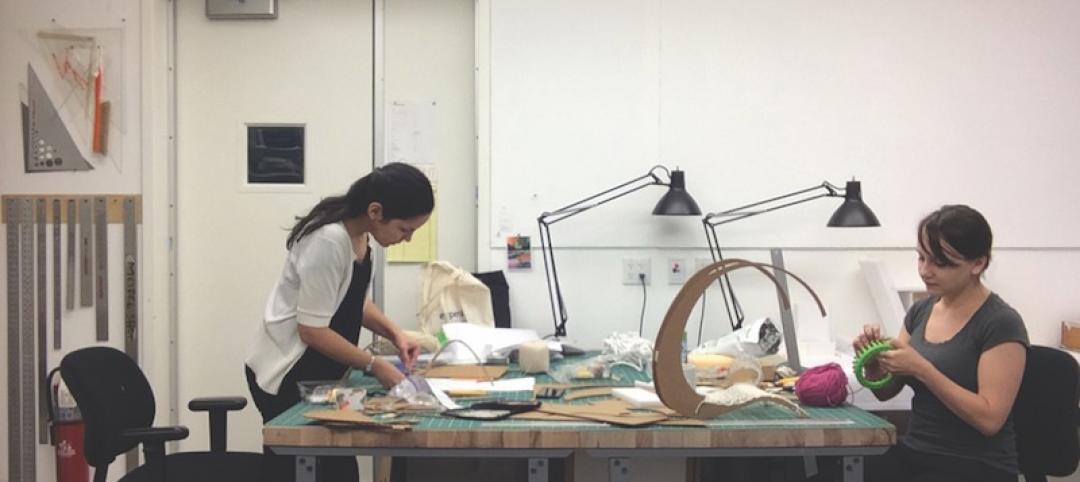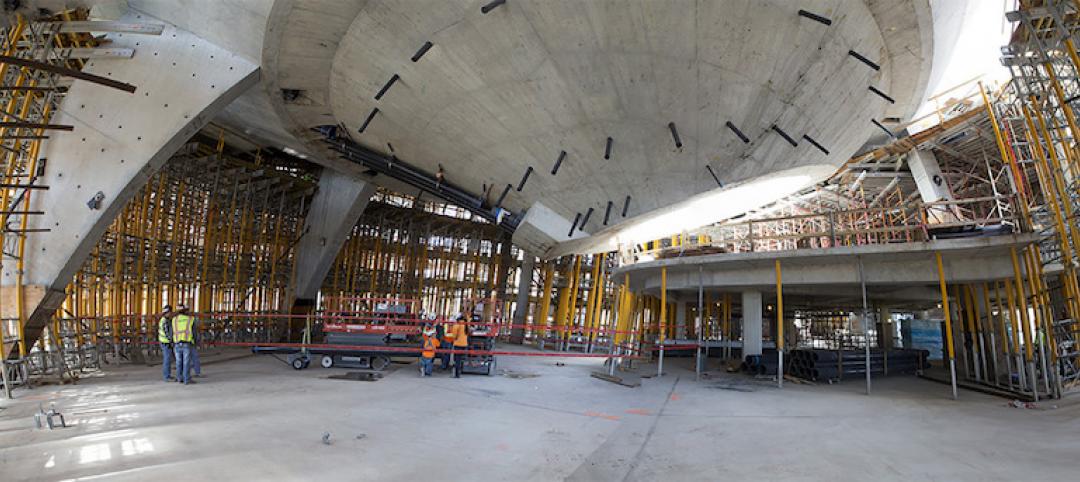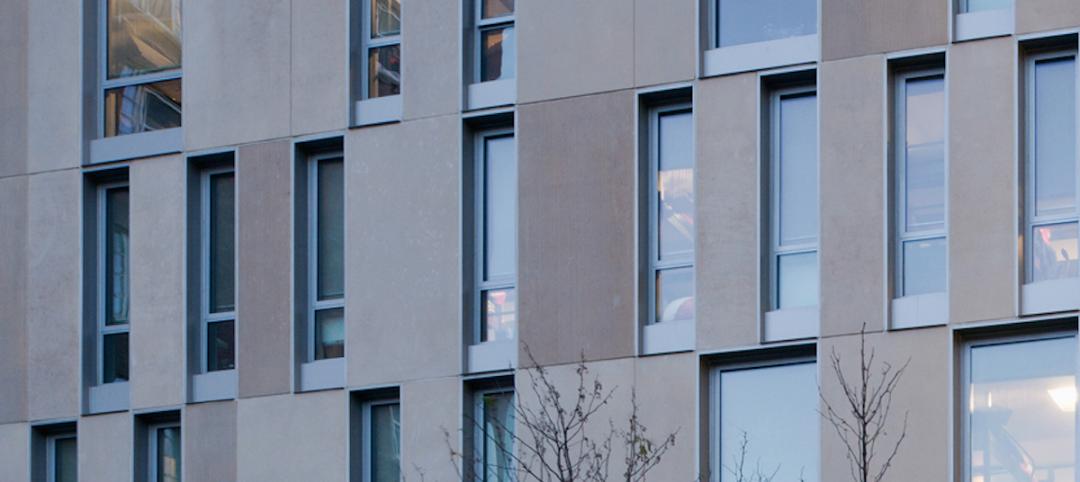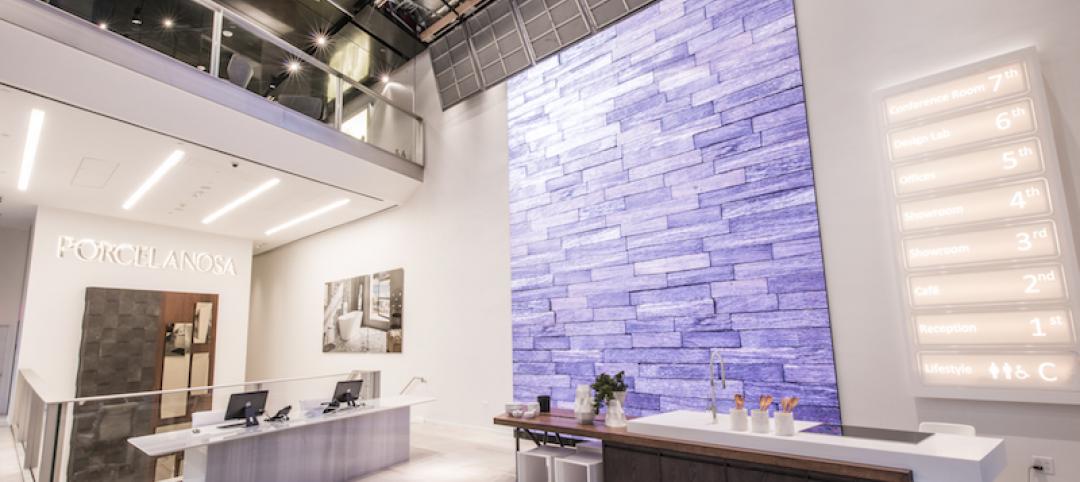Researchers from the Department of Architecture and Civil Engineering at Chalmers University of Technology in Gothenburg, Sweden, have created a concept for rechargeable batteries made of cement.
The concept involves a cement-based mixture with small amounts of short carbon fibers added to increase conductivity and flexural toughness. Embedded within this mixture is a metal-coated carbon fiber mesh—iron for the anode and nickel for the cathode. Several combinations for the electrodes were tested before the iron anode and nickel-based oxide cathode were found to yield the best results. Additionally, researchers had to experiment with different ratios of carbon fiber before finding an optimal mixture of around 0.5% carbon fiber to improve the cement-based mixture’s conductivity for the electrolyte.
The resulting cement-based battery has an average density of 7 watt-hours per square meter during six charge and discharge cycles—low in comparison to commercial batteries, but still potentially very beneficial to the built environment considering the large volume at which the battery could be constructed when used in buildings, bridges, dams, and other concrete structures.
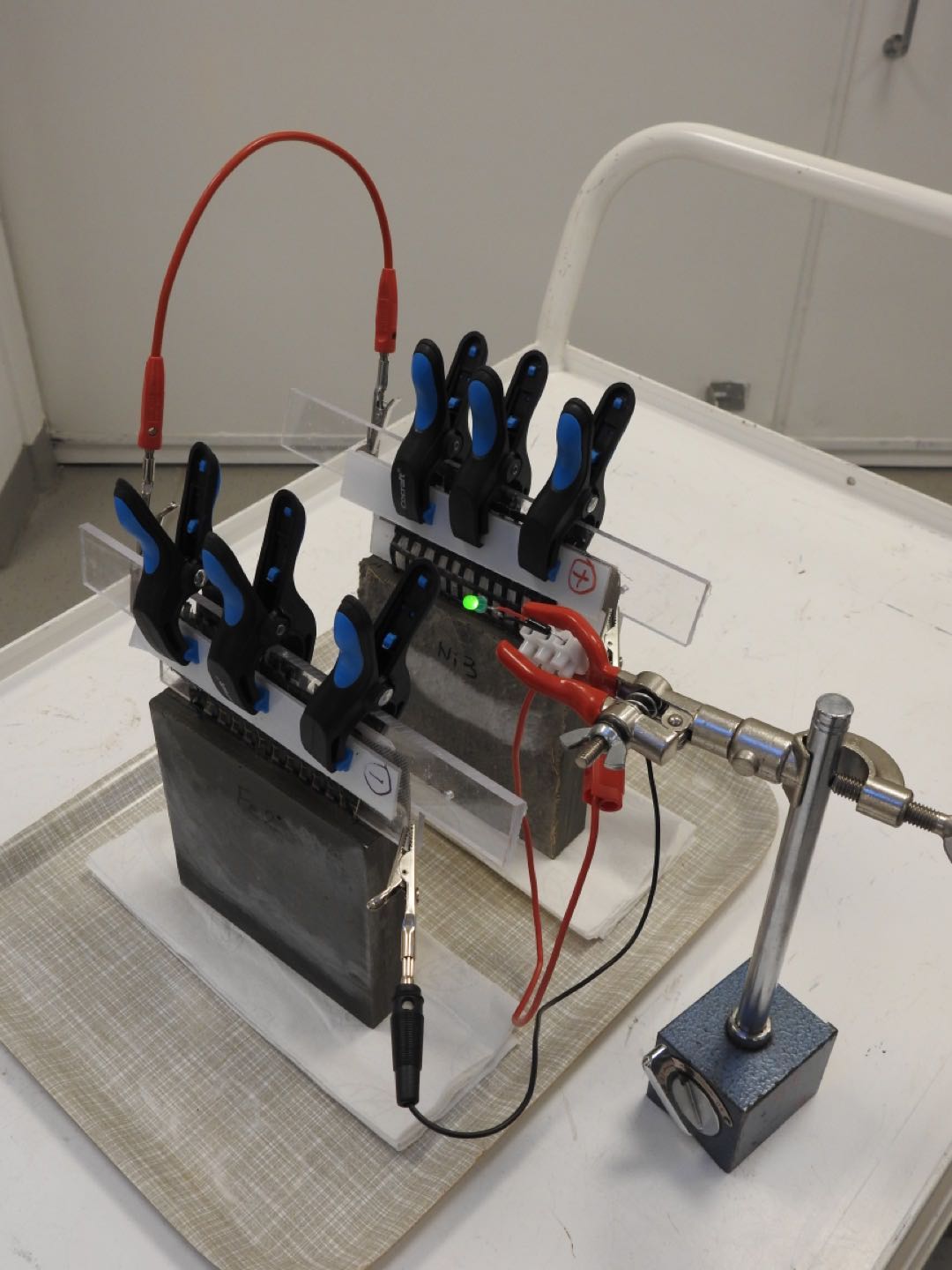
The research team—led by Chalmers Professor Luping Tang and Emma Zhang, PhD, formerly with the university, now Senior Development Scientist at Delta of Sweden—envisions possible applications for the concept that range from powering LEDs, providing 4G connections in remote areas, and cathodic protection against corrosion in concrete infrastructure.
“It could also be coupled with solar cell panels to provide electricity and become the energy source for monitoring systems in highways or bridges, where sensors operated by a concrete battery could detect cracking or corrosion,” said Zhang.
Technical questions that need to be answered before commercialization of the concrete technology include extending the service life of the battery and the development of recycling techniques. The batteries would need to either be able to match the 50-100 year life of a typical concrete building or be made easier to exchange and recycle when their service life is over.
Despite these obstacles, the researchers are optimistic the concept has plenty to offer as a future building material that contributes to additional functions such as renewable energy sources.
Related Stories
Great Solutions | Aug 23, 2016
Biophilic pods beat the shade when it comes to outdoor cooling
The Xylem concept by CallisonRTKL regulates outdoor thermal comfort through shading, air movement, water circulation, and a vegetated roof.
Great Solutions | Aug 23, 2016
Mini-grant R&D program pays off in a big way for AE firm
Created through funding from Little’s LaceUp program, the Center for Building Performance has helped the design firm win 14 new jobs since its inception.
Great Solutions | Aug 23, 2016
At Beyer Blinder Belle everyone’s seeing RED
The firm’s R&D initiative inspires its designers to develop ideas that could positively disrupt the practice.
Great Solutions | Aug 23, 2016
Virtual care facility serves remote patients, may reduce readmissions
Mercy’s new high-tech medical center equips its medical professionals to deliver care at the bedside of patients anywhere.
Great Solutions | Aug 23, 2016
11 great solutions for the commercial construction market
A roll-up emergency department, next-gen telemedicine center, and biophilic cooling pods are among the AEC industry’s clever ideas and novel innovations for 2016.
Great Solutions | Jan 20, 2016
13 great solutions for commercial construction
As these 13 innovations for the AEC marketplace demonstrate, sometimes a problem can be a good thing.
Great Solutions | Jan 20, 2016
Digitally fabricated concrete formwork pushes the limits of what can be cost-effectively constructed in concrete
Simpson Gumpertz & Heger and CW Keller use 3D modeling and CNC machining to advance concrete construction.
Great Solutions | Jan 20, 2016
Sasaki Associates develops simple yet novel solution for precast concrete complication
Its double-angle cladding anchor maintains the air/water/vapor barrier integrity and continuous insulation while still allowing for the desired versatility of precast panels.
Great Solutions | Jan 20, 2016
Porcelanosa’s solid-surface product, Krion, used to create an elegant retractable ceiling for NY showroom
Typically used for countertops, vanities, and furniture, Krion was used to make 39 panels covering 1,300 sf of ceiling space above the showroom.
Great Solutions | Jan 20, 2016
Skanska’s new app helps construction teams monitor and meet environmental quality standards while renovating hospitals
App allows users to track noise, differential pressure levels, vibration, and dust


